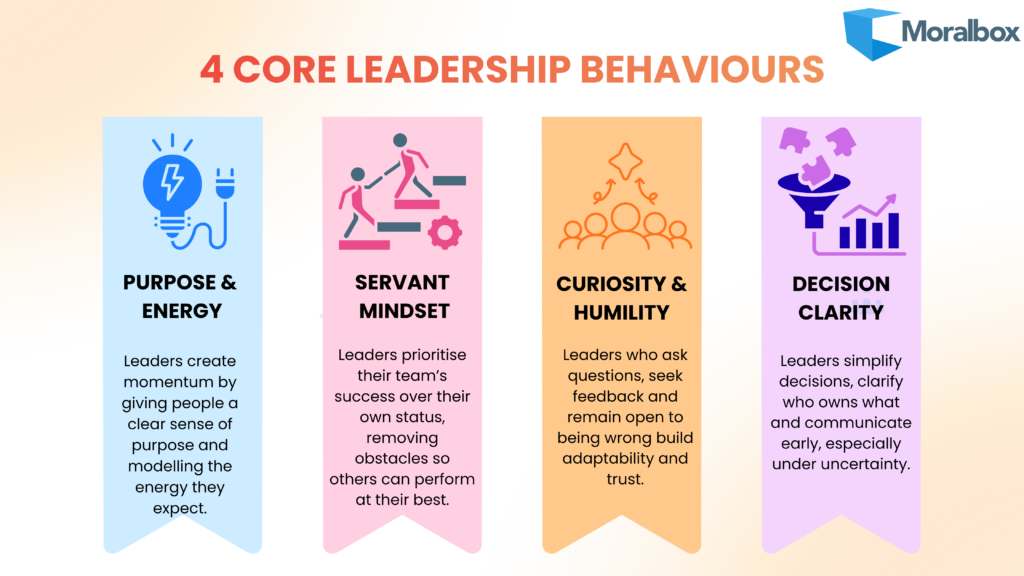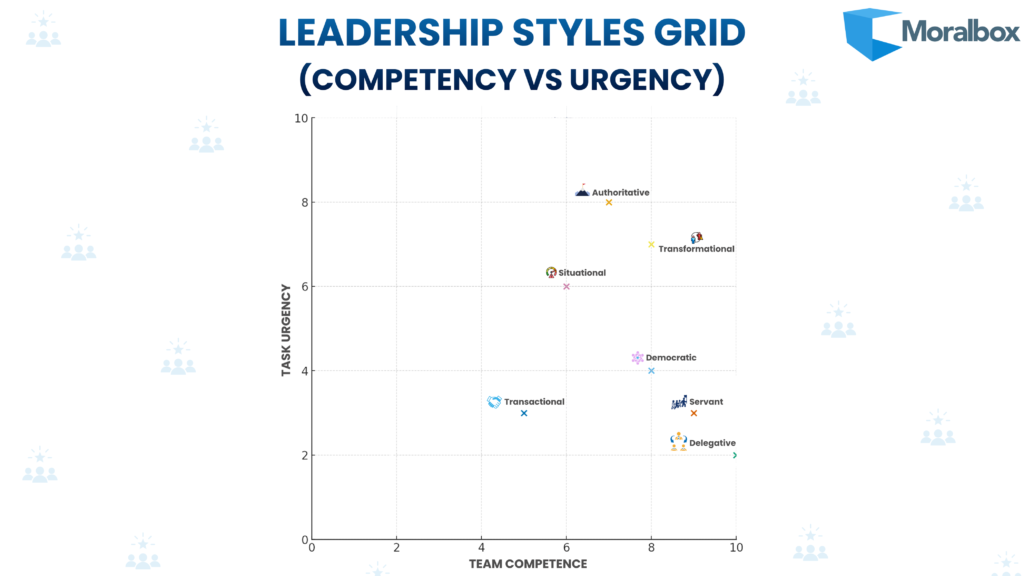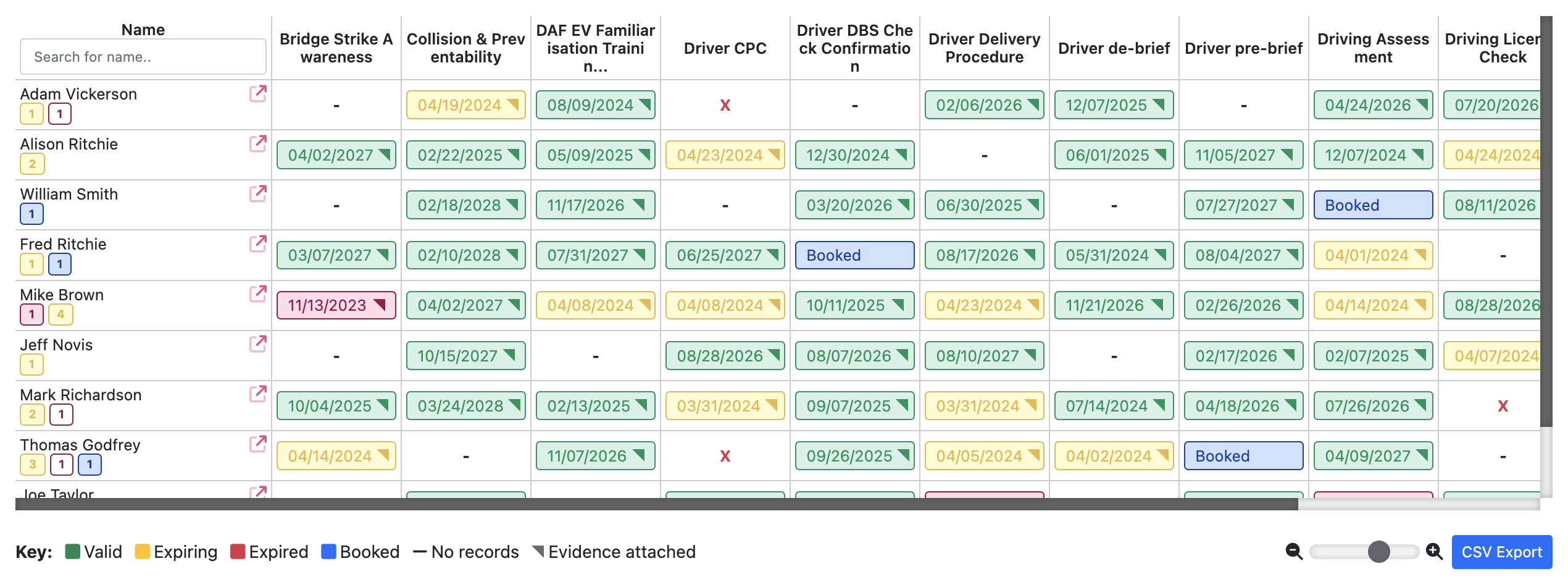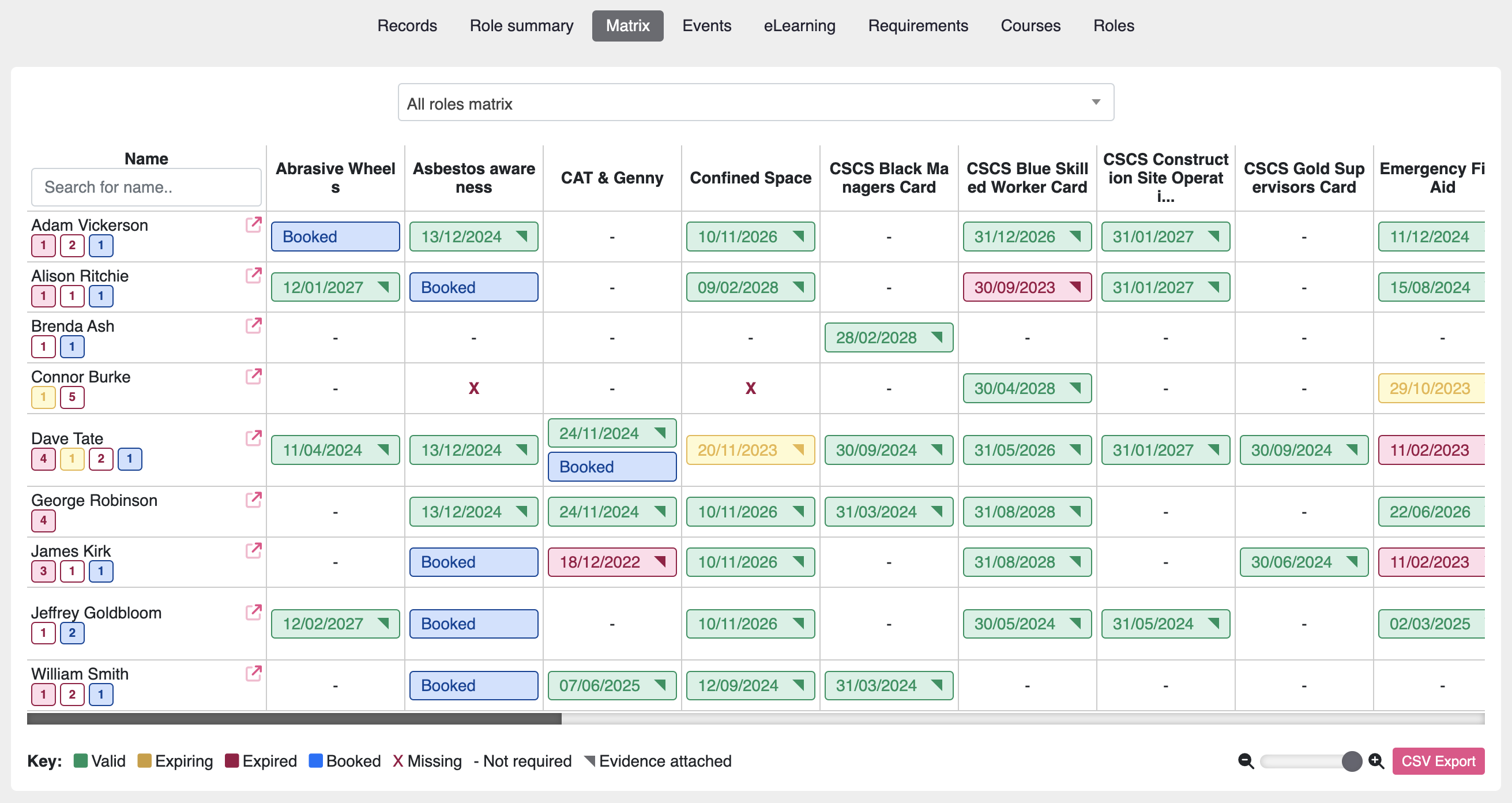Introduction
Think back to the last time your team faced a problem that didn’t have a clear answer, maybe a project veering off course, a conflict no one wanted to address, or a goal that suddenly felt out of reach. In that moment, considering different leadership styles, did you step in and take charge, pause to listen and guide the conversation, or trust your people to lead the way?
Your instinct in situations like these reveals far more than authority. It shows how you think, decide, and empower others. In other words, it exposes your leadership.
Moreover, true leadership is less about control and more about context: reading the room, understanding what the situation demands, and adapting your approach to bring out the best in those around you. It’s a deliberate equilibrium of vision, structure, empathy and knowing when to direct, when to collaborate, and when to let go.
This article explores the foundations of effective leadership: what it truly is, how it operates in modern organisations, and also the core styles that shape it. Along the way, you’ll find reflection prompts, a comparative framework, and a practical playbook to help you refine your leadership style with clarity, agility and intent.
TABLE OF CONTENTS
What is Leadership And Why It Matters
Leadership is best understood as a process of influence and alignment that enables individuals and teams to pursue shared objectives. Recent research defines it as “the process through which individuals influence and enable others to achieve collective goals” (Nguyen & Haar, 2024). It is not tied to authority or hierarchy but to the ability to mobilise people around purpose, direction and action.
Why it matters is equally critical. Leadership determines how organisations adapt, how teams perform under uncertainty, and how people experience trust and engagement at work. In a landscape shaped by hybrid teams, constant change and complex stakeholder expectations, leadership has become less about control and more about creating clarity, fostering commitment and enabling contribution. However, it’s the quality of leadership today that often makes the difference between teams that survive and those that excel.
Behaviours that Set Effective Leaders Apart
Before exploring leadership styles, it’s essential to understand the behavioural foundation that underpins them all. Behaviours are the how; styles are merely the form those behaviours take.
1. Purpose and energy
Effective leaders create momentum by anchoring their teams to a clear sense of purpose and modelling the energy they expect from others. Research by McKinsey (2024) identifies purpose-driven energy as a defining trait of 21st-century leaders who sustain engagement even in volatility.
2. Servant mindset
High-impact leaders shift focus from personal achievement to collective success. They enable, develop and support their people rather than command them. As McKinsey’s study notes, modern leadership is about stewardship and removing obstacles so others can perform at their best (McKinsey & Company, 2024).
3. Curiosity and humility
Leaders who ask questions, seek feedback and stay open to being wrong build adaptive organisations. Curiosity fuels innovation; humility sustains trust. Both are crucial for navigating fast-moving environments (McKinsey & Company, 2024).
4. Trust through decision clarity
When uncertainty rises, the most effective leaders simplify, not complicate. They make decisions visible, clarify who owns what, and communicate early and often. This behavioural consistency builds trust and stability even when outcomes are uncertain (McKinsey & Company, 2024).

Effective leadership is a balance of innate traits, learned behaviours, and adaptable styles. A leader’s style may be what people see, but it’s the underlying behaviours like integrity, empathy and clear communication that ultimately sustain real impact. Without those foundations, even the most thoughtful leadership style fails to deliver. (Barends et al., 2023).
👉 Suggested Reading: Kolb’s Reflective Cycle: Complete Guide with Examples. A practical model that helps leaders turn experience into learning through structured reflection, improving judgement, self-awareness and adaptability.
Leadership Styles
Leadership is rarely one-dimensional. The most effective leaders shift their approach as circumstances change (see leadership style grid for better clarity), balancing clarity with autonomy, structure with empathy, and control with trust. The following styles capture the main ways leaders influence performance, each with distinct strengths, limits and contexts.
Authoritative leadership
Authoritative leaders combine clarity of vision with decisive direction. They articulate a compelling goal, rally people around it, and then allow them space to deliver. This approach works best in periods of ambiguity or transformation, like when a team needs focus more than consensus.
Think of a product leader launching a new service: they define the destination, explain the rationale and let their experts determine the route. The challenge lies in balance; too much authority slides into rigidity, while too little dilutes purpose. A useful reflection: When did you last set a clear direction and then step back to let your team own the outcome?
Democratic leadership
Democratic, or participative, leadership thrives on collaboration. The leader invites ideas, encourages discussion and guides the group toward a shared decision. It’s a powerful style for generating creativity, trust and buy-in, particularly when teams are experienced and motivated.
A marketing head planning a campaign might hold an open workshop, gather perspectives, and synthesise them into a unified strategy. Yet this inclusivity comes with a trade-off: decisions take longer, and clarity can blur if no one finalises direction. Who did you involve in your last major decision, and how did that influence the result?
Delegative (laissez-faire) leadership
Delegative leaders trust their people to operate with minimal interference. They set boundaries and expectations, then step aside. This works beautifully in expert teams where autonomy drives innovation.
For instance, a research lead who outlines project goals and lets specialists run their experiments. But without shared accountability and checkpoints, freedom can turn into drift. The key is discernment: knowing when empowerment accelerates performance and when it risks fragmentation. What are you delegating today, and does your team have what they need to deliver confidently?
Transformational leadership
Transformational leaders lift people’s sights beyond immediate tasks. They inspire through purpose, model the behaviours they expect, and invest in growth. Under this style, performance is a by-product of belief. A transformational leader might reframe a project not as “meeting targets” but as “setting new standards for our industry,” fuelling pride and commitment. It excels during change, innovation and cultural renewal.
However, vision must be anchored in reality; inspiration without execution quickly becomes noise. How often do you connect your team’s work to something bigger than metrics?
Transactional leadership
Transactional leadership is pragmatic and disciplined. It defines expectations clearly, monitors results and rewards or corrects accordingly. In stable, process-driven environments like operations, logistics, and compliance, this clarity ensures reliability and fairness.
It works because it eliminates ambiguity: people know what success looks like. But the risk is over-reliance. A purely transactional approach can stifle initiative and leave teams disengaged once incentives fade. Great leaders use transactions as the foundation, not the ceiling. Are your systems motivating performance or merely maintaining it?
Servant leadership
Servant leaders invert the traditional hierarchy: they see their primary role as enabling others to succeed. They listen first, remove obstacles, and cultivate long-term trust. This approach builds loyalty, resilience and sustainable culture, especially in purpose-driven or people-centric organisations.
For instance, picture a team leader who consistently asks, “What can I do to make your work easier?” rather than “Why isn’t this done yet?” The danger is paralysis when decisions need to be made fast. The art lies in pairing empathy with decisiveness. When was the last time you acted purely in service of your team’s growth?
Situational leadership
Situational leadership is adaptability in action. It recognises that no single style fits every person or challenge. Instead, leaders adjust their behaviour by directing, coaching, supporting or delegating depending on the team’s competence and the urgency of the situation.
Example- A project manager might guide a new hire closely one week, then shift to a mentoring stance as confidence grows. It demands awareness, reflection and agility. Overusing one mode leads to frustration; fluidity builds trust. Do you consciously adapt your style, or does habit decide for you?

Here, this grid shows which leadership style works best based on team competence and task urgency. Higher competence means the team can work more independently, while higher urgency requires faster decisions and clearer direction.
👉 Suggested Reading: Tuckman’s Stages of Group Development: A Complete Guide. A classic team development theory that helps leaders understand group dynamics, resolve friction and guide teams at every maturity stage.
Comparative Decision Matrix of Leadership Styles
| Engagement is low, innovation required | Decision-making involvement | Team maturity | Environmental volatility | Signals you should switch style | Typical use case | Strengths | Key limitations |
|---|---|---|---|---|---|---|---|
| Authoritative | Leader sets vision, team executes | Medium – high | High ambiguity, fast change | The team is fluent but lacking direction | Strategic pivots, start-ups | Clarity, alignment, speed | Engagement is low, innovation is required |
| Democratic | Leader + team input | High | Medium | Team is fluent but lacking direction | Stable teams, innovation programmes | Engagement, better ideas | Risk of ignoring input, dependent on vision |
| Delegative | Team autonomously decides | Very high | Low-medium | The team is bored, the direction is unclear, and there is poor accountability | Expert or self-managed teams | Autonomy, ownership | May lack guidance, accountability issues |
| Transformational | Leader inspires & empowers | Medium – high | High change, growth focus | Culture lagging, performance plateaued | Growth, turnarounds, culture shifts | Innovation, high performance | May neglect operational detail |
| Transactional | Leader sets expectations & monitors | Medium | Low change, predictable tasks | Development stagnates, low innovation | Routine operations, performance-driven roles | Structure, clarity | Doesn’t build capability, limited engagement |
| Servant | Leader supports & enables | High | Medium-high | Engagement dropping, retention issues | Talent-rich organisation, culture-first focus | Trust, development, loyalty | May be perceived as weak under pressure |
| Situational | Leader adapts style to context | Mixed | Mixed | Style mismatch, team frustration, throughput lag | Mixed-skill teams, dynamic environments | Flexible, context-fit | Demands high self-awareness and agility |
Applying the Guide: Your Practical Playbook
Knowing your leadership style is one thing, and applying it deliberately is another. To make reflection and experimentation easier, the Free Leadership Style Playbook Template is available for download and can be used directly with your team.
This practical worksheet includes:
- A quick self-assessment to identify your dominant leadership patterns
- A context map to match the style with team maturity and urgency
- A behaviour-change planner to design and track leadership experiments
- A weekly reflection journal to measure progress and adapt
Thus, today’s leaders operate in dispersed, hybrid and constantly changing environments. Influence no longer depends on physical presence; it depends on clarity, communication and trust. Leading effectively now means creating structure without rigidity, connection without micromanagement, and accountability without control. Whether teams collaborate across cities or time zones, adaptability and self-awareness remain the true tests of leadership.
Conclusion- Which One is Actually the Best Leadership Style?
Leadership in today’s environment is not about a single “best” style, but about choice, context and execution. By understanding the seven leadership styles above, mastering the behaviours that matter, and following the structured playbook, you’re equipped to lead not just appropriately, but excellently. The skill lies less in defaulting to one style and more in reading the situation, knowing your people, and intentionally switching your approach.
Use the guide above as your toolkit, and then embed the rhythms, experimentations and feedback loops that make your style choice deliver meaningful results.
FAQs
Can a leader use more than one leadership style?
Yes. Effective leaders switch styles based on context, team needs and urgency. Flexibility consistently outperforms sticking to one fixed style.
How do I know my leadership style?
Reflect on how you make decisions, handle pressure and communicate. Tools like the Leadership Style Playbook Template help identify your default patterns.
Why does leadership style matter?
It shapes trust, motivation and performance. The right style improves clarity and engagement, especially in fast-moving or hybrid environments.
References
Barends, E., Rousseau, D., Janssen, B., Capezzio, A. & Velghe, C. (2023) Leadership development: An evidence review. Scientific summary. London: Chartered Institute of Personnel and Development. Available at: https://www.cipd.org/globalassets/media/knowledge/knowledge-hub/evidence-reviews/2023-pdfs/2023-leadership-development-scientific-summary-8431.pdf.
McKinsey & Company. (2024, 22 October) “The art of 21st-century leadership: From succession planning to building a leadership factory”.
Nguyen, L.V. and Haar, J. (2024) ‘Can We Understand Leadership Better? A Framework for Shaping an Integrative Definition of Leadership’, management revue, 35(3), pp. 355–382. Available at: https://doi.org/10.5771/0935-9915-2024-3-355.

Ananya is a Marketing Executive at Moralbox, passionate about creating content that connects learning with business impact.


